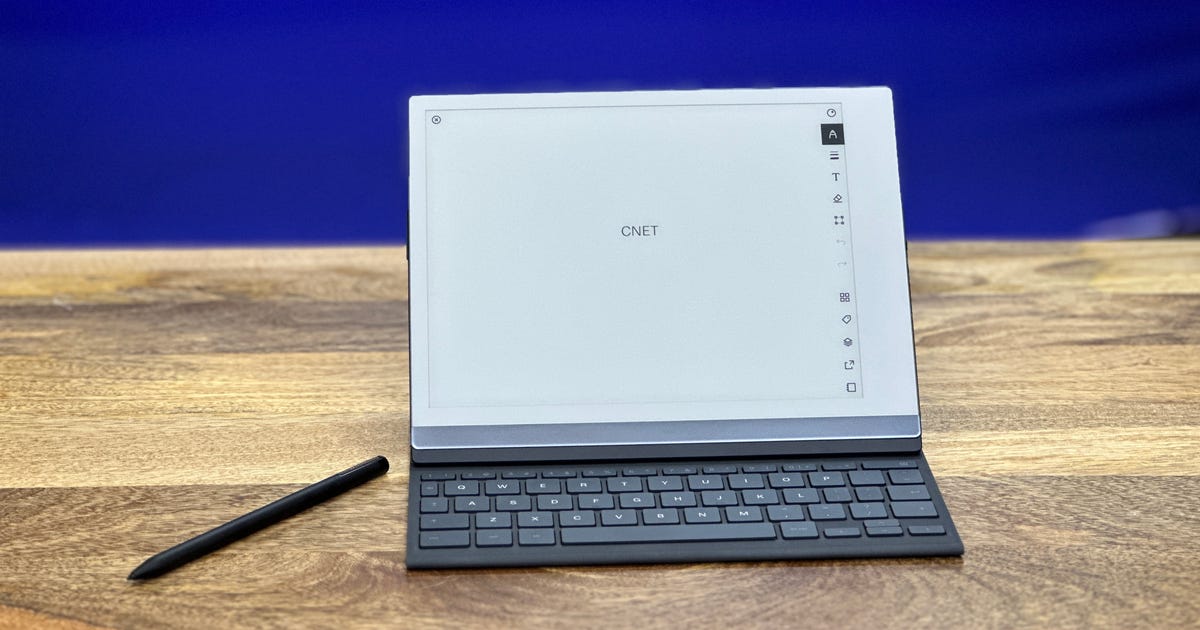Price points are important in consumer electronics, even for Apple, which gets away just fine with charging a premium for its products. And it’s important that Apple launch its flagship iPad, the iPad Air 2 , with a starting price of $499 (£399, AU$619), the same as what last year’s entry-level iPad Air cost. That’s a good chunk of change for a tablet, but it’s better than $599. Yes, that’s “only” $100 more, but feels considerably more expensive once you break the $500 barrier.
But there’s a catch. I wouldn’t call the the $499 iPad Air 2 a crippled product, but with only 16GB of memory, it’s certainly hobbled.
Yeah, it makes some sense for the education market, where cost-conscious schools buy iPads in bulk and don’t tend to load them up with lots of apps. But for the rest of us, 16GB isn’t enough, particularly since Apple has improved the camera in the iPad Air 2, so you’re more apt to shoot video with it (including slow-mo video), which takes up a lot of memory very quickly. And let’s not forget how much free memory just updating iOS to the next version usually requires. Doing an “over the air” update from iOS 7 to iOS 8 requires about of 5GB of free space. And that may be one reason why people aren’t upgrading.
Hands-on with the new Apple iPad Air 2 and iPad Mini 3 (pictures)






So why not give the entry-level iPad Air 2 32GB of memory? The price difference between 32GB and 16GB SanDisk microSD cards on Amazon is a mere $5; for Apple, the price would undoubtedly be less. Sure, that would hurt margins a bit, but it would make for a more sensible product (unlike Samsung tablets, Amazon doesn’t offer any sort of expansion option, but you probably already knew that).
Alas, it doesn’t take an economics degree to figure out that Apple would much rather have you buy the step-up 64GB model for $100 more ($599) or the 128GB model for $200 more ($699), both of which have much higher margins than the 16GB model. For them, it’s a win/win. They get to say “starting at $499,” but you’ll be enticed to pay $100 to $200 more.
I get it. That’s capitalism. That’s smart business. But it’s also really cynical.
To be clear, Apple isn’t the only one playing this game. The new Nexus 9 has an $80 delta between the 16GB and 32GB versions. Amazon, meanwhile, steps its new entry-level Fire HD tablets with a much more reasonable $20 price difference to move up one level. But with barely 3GB of free space, that paltry 8GB base model effectively requires you to pay up for the 16GB upgrade.
These small storage capacities may even be bad for business in the long run. With even a 32GB iPad, I hesitate to buy apps that have large file sizes. I don’t bother much with movies because they take up so much space (I stream).
I know, I know. The cloud. You store everything in the cloud and put it on the device and take if off as needed. I do some of that. But I also don’t want to be managing my memory all the time like I’m managing my data consumption.
So it’s 64GB for me. Maybe even 128GB.
Sorry, Apple, 16GB just doesn’t cut it anymore.


Now playing:
Watch this:
iPad Air 2 hands-on
0:46




